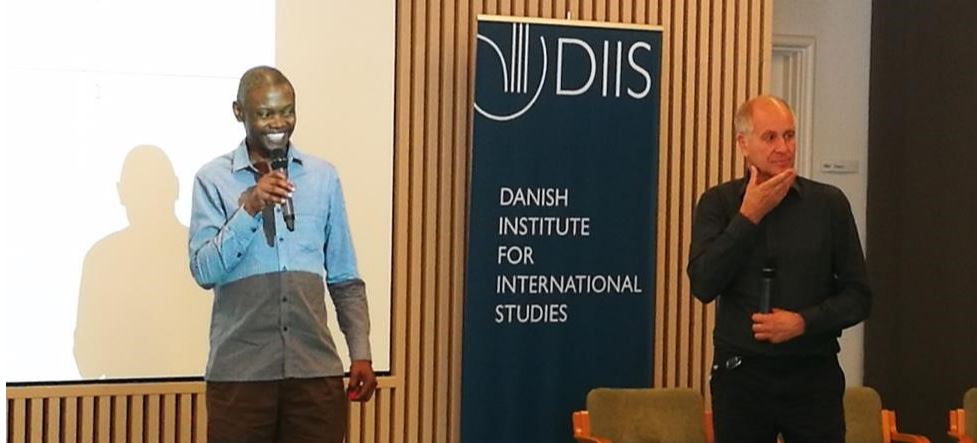Since the early 2000s the non-industrial private forestry (NIPF) investments have emerged as important sources of livelihoods to investors in the Southern Highlands of Tanzania following what has been dubbed as the “timber rush”. The NIPF has been a subject of interest under the Timber Rush Project, which generally centres on contributing to a more equitable distribution of benefits from private plantations on village land through evidence-based policy making. Specifically, the project aims at investigating:
- The scale and drivers of the current investments in the timber rush
- The impact of investments in land for timber production on local people’s access to and benefits from land and other resources in the Southern Highlands of Tanzania.
Since 2016 researchers from Sokoine University of Agriculture in Tanzania and Danish Institute for International Studies and University of Copenhagen in Denmark under the Timber Rush project embarked on fieldwork to address the objectives of the project. Thus, an open seminar organized by the Danish Institute for International Studies on June 4, 2019 at DIIS Conference Hall, Copenhagen, Denmark was meant to share some results with researchers and the general public.
Some of the key messages coming out of the live-streamed presentations include the fact that NIPF has led to the emergency of money economy in rural areas with attendant pros and cons. On the positive side, people investing in NIPF in both rural areas and emerging urban centres have recorded improved livelihoods by building improved housing, paying school fees, meeting medical costs and other basic household needs.
However, the negative side effects of this development is the fact that we are beginning to see the growth of landless people as a result of selling of own land, and consequently an increase in labour markets particularly casual labourers in rural areas. Besides, as a result of responsibilization government role in the governance of NIPF is limited. Instead, NGOs (e.g. Forest Development Trust) and donor funded programmes (e.g. Private Forestry Programme) as well as village level institutions including village governments and tree growers’ associations (TGAs) have assumed greater role in promoting the use of genetically improved tree seeds and management of wildfires, among others. Similarly, there has been limited support from the government regarding delivery of extension services to smallholder tree growers in the study areas. As a result, extension service delivery is mainly provided through donor support by Private Forestry Programme or Panda Miti Kibiashara and Tanzania Forestry Development Trust. Moreover, common lands are disappearing as more land is converted to planted forests while the increased pace at which arable land is being converted to planted forest pose a threat to household food security. Land related conflicts are on the increase. Resolution of conflicts is done using a variety of arrangements starting from the clan level through regional to national levels. It would seem that women and other disadvantaged social groups are being more vulnerable to the existing conflict resolution arrangements that are costly and thus unable to meet them.
Recommendations
Government should support strengthening of village-level institutions so that they are able to enforce by-laws for management of wildfires. Also, there is need for Local Government Authorities to provide subsidy to tree growers to enable them use genetically improved tree seeds whose cost is high using funds from revenues obtained through levy imposed on timber sales.
